1 Introduction
In today's digital age, short video platforms such as TIKTOK, Kuaishou, and YouTube Shorts have rapidly become primary channels for millions of users to entertain, socialize, and acquire information. These platforms, with their unique features of short duration, high dissemination potential, and strong interactivity, have quickly captured the market, becoming key vehicles for contemporary cultural communication. As a leader in the short video field, TIKTOK, with its user-friendly content creation tools and intelligent recommendation algorithms, has not only attracted a large number of content creators and viewers but also successfully established a diverse and highly active content ecosystem.
In a fiercely competitive market, standing out among the vast amount of content has become a core challenge for every short video creator. The quality and creativity of the video content, script, and the presentation of audiovisual language are closely related. A well-crafted script can spark viewers' interest, while sophisticated audiovisual language can further enhance the viewing experience, increasing the video's appeal and communicative power. Audiovisual language, as a key tool for conveying information and expressing emotions, includes elements such as sound effects, music, visual composition, color usage, camera movement, and editing techniques. While the application of audiovisual language in traditional film and television works has been extensively researched and practiced, the use and effectiveness of audiovisual language in the emerging field of vertical short videos, due to the change in screen proportions, still require further exploration.
This study selects the highly popular TIKTOK account "San Jin Qi Qi" as the research subject. The account is widely appreciated for its excellent use of audiovisual language in its video content and represents a typical example of the application of audiovisual language in current short video creation. Through an in-depth analysis of "San Jin Qi Qi"’s video content, this research aims to explore the critical role of audiovisual language in short video creation and further analyze its positive impact on enhancing user experience and the dissemination effect of videos.
2 Literature Review
2.1 The Role of Audiovisual Language
Audiovisual language plays a crucial role in the dissemination of short video content. According to a study by Nielsen, audiovisual elements used in advertisements (such as music, visual effects, rhythm, etc.) have a significant impact on audience brand memory and perception [8]. For instance, advertisements with vibrant colors and appealing soundtracks are more likely to be remembered by viewers and generate positive emotional connections with the brand. This phenomenon also applies to short video content: strong visual and auditory stimuli can enhance viewers' memory and increase their favorability toward the video content, thereby promoting its dissemination.
In their study, found that surprising video content immediately captures viewers' attention and increases viewer retention rates [10]. Nielsen's report further highlights that advertisements or videos that make good use of audiovisual language tend to achieve higher user engagement, as evidenced by increased click-through rates, shares, and conversion rates [8]. Meanwhile, research by Dai and Wang also found that diversified video presentations positively affect audience attention [4]. These studies collectively reveal an important insight: rich visual appeal and auditory elements are key to attracting and retaining audience attention.
Based on this perspective, it can be inferred that if short videos can skillfully use audiovisual language to capture viewers' attention within the first few seconds, viewer retention rates will increase significantly. This means that by carefully designing and optimizing audiovisual language, short video content can not only more effectively capture users' attention but also stimulate interactive behaviors such as likes, comments, and shares, further expanding the video's reach and influence.
2.2 Vertical Short Videos Provide a More Immersive Experience
Yun Hang and Baohua Su pointed out in their research that the formation of immersion primarily relies on the visual system, as 80%-90% of human perception comes from vision [12]. The media characteristics of vertical videos align well with this, as they often use close-up and medium-close shots, focusing on the characters. Compared to the horizontal videos of traditional film and television, this approach presents visual effects and emotional expression more intuitively.
Jing Yang further suggested that the proportion of the main character in the frame in vertical videos metaphorically represents the psychological distance between the character and the viewer [6]. In close-up and medium-close shots, the character is placed at the center of the frame, allowing the audience to clearly perceive the character's emotional changes. In contrast, wide shots and panoramic shots reduce the character's proportion in the frame, making viewers feel more distant from the character. This "distance" effect corresponds to the sense of proximity in interpersonal interactions—the larger the proportion of the character in the frame, the closer the viewer feels to them, and vice versa.
Moreover, Tan Cong pointed out that vertical short videos often use partial shots, creating a strong sense of enclosure and immersive audiovisual experience [2]. This form brings the viewer psychologically closer to the subject of the video, making it easier for the audience to become immersed in the content. Especially when short video bloggers appear in narrative videos from a first-person perspective, the vertical format more easily induces a sense of involvement and immersion for the viewers.
2.3 User Engagement Theory
User engagement theory, an important framework for understanding user behavior in the digital media environment, emphasizes users' activeness and interactivity in content consumption and production [1]. On the TIKTOK platform, the influence of audiovisual language on user engagement is reflected on multiple levels.
Firstly, according to Nielsen's report, well-designed audiovisual language can enhance emotional resonance in videos, triggering users’ emotional responses [7]. This emotional resonance not only improves the viewing experience but also encourages users to engage in interactive behaviors such as liking, commenting, and sharing, thereby expanding the video's dissemination.
Secondly, research by Dolan et al. indicates that users can also act as co-creators of content [3]. On the TIKTOK platform, many users participate in the recreation of videos by imitating, adapting, or creating content related to the original video. The clever use of audiovisual language in video content can inspire users’ creative ideas, driving a trend of secondary creation. This not only enriches the content ecosystem of the platform but also further enhances user engagement and platform activity.
Finally, user engagement theory also reveals the impact of platform characteristics on user behavior. Moran et al. believe that the level of user engagement with the same content may vary across different platforms due to differences in media richness, such as platform technology, enjoyment, usability, and satisfaction, which influence users' intentions to continue using social media [5]. Therefore, a better user engagement experience can more effectively attract users to continue using the social media platform.
3 Practical Application of Audiovisual Language in Short Videos
3.1 Application of Visual Elements
In the videos of "San Jin Qi Qi," the use of visual elements showcases a high level of refinement and meticulous attention to detail. The use of color and lighting not only adds aesthetic value to the videos but also subtly conveys the emotions and themes of the content.
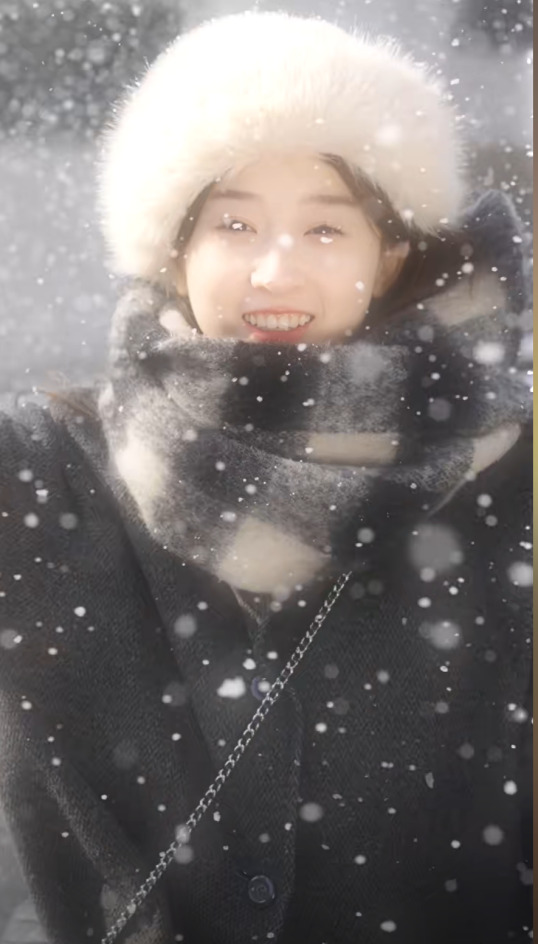
Figure 1: For Love, No Matter How Long I Wait, I’m Willing
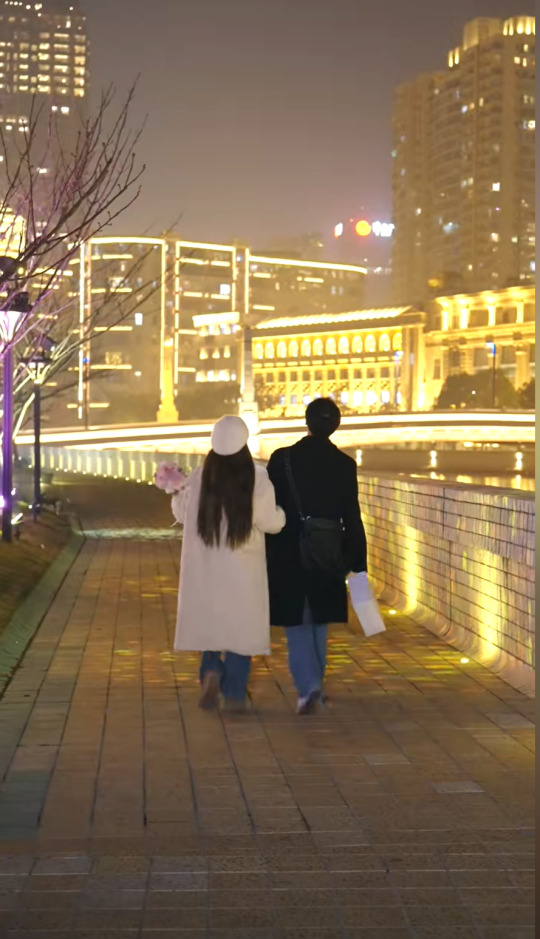
Figure 2: For Love, No Matter How Long I Wait, I’m Willing
The use of lighting and shadows in audiovisual language serves multiple functions. First, it helps establish exposure and the image itself, which is its most basic role. Additionally, by controlling brightness and contrast in the frame, lighting and shadows can bring depth and rich visual effects to the image, as well as create specific atmospheres. In the video work "For Love, No Matter How Long I Wait, I'm Willing" by San Jin Qi Qi, as shown in Figure 1, the female protagonist’s overall image shines brilliantly, especially her head, which is made exceptionally radiant and captivating due to the careful arrangement of lighting. The female lead’s face is particularly bright and beautiful, especially during the male protagonist’s memory scene. This manipulation of light and shadow not only enhances the aesthetic appeal of the image but also deeply conveys the beauty of the emotions within the memories. Through the clever use of lighting and shadow, the video becomes more artistic and emotionally expressive, successfully capturing the attention of the audience. This example vividly demonstrates the unique charm and importance of light and shadow in audiovisual language.
The importance of color in audiovisual language is equally undeniable. Color sets the overall visual tone for the video and conveys specific emotions and atmospheres through different hues. In San Jin Qi Qi’s video work "For Love, No Matter How Long I Wait, I'm Willing," the use of color plays a crucial role. As shown in Figure 2, although the video was shot at night, the brightness of the image is impressive. This was achieved through careful observation and selection of lighting effects on surrounding objects during shooting, as well as the exceptional post-production treatment. The dominant use of warm yellow tones creates a warm, cozy atmosphere. This color choice not only aligns well with the reconciliation scene between the male and female protagonists after an argument but also enhances the emotional resonance with the audience, making the video more moving.
3.2 Visual Composition
Visual composition and camera work are critical components of short video creation, especially in the vertical screen format used by TIKTOK. In the works of San Jin Qi Qi, the creator fully considers the unique demands of vertical composition, carefully arranging characters and backgrounds to maximize the use of the limited screen space.
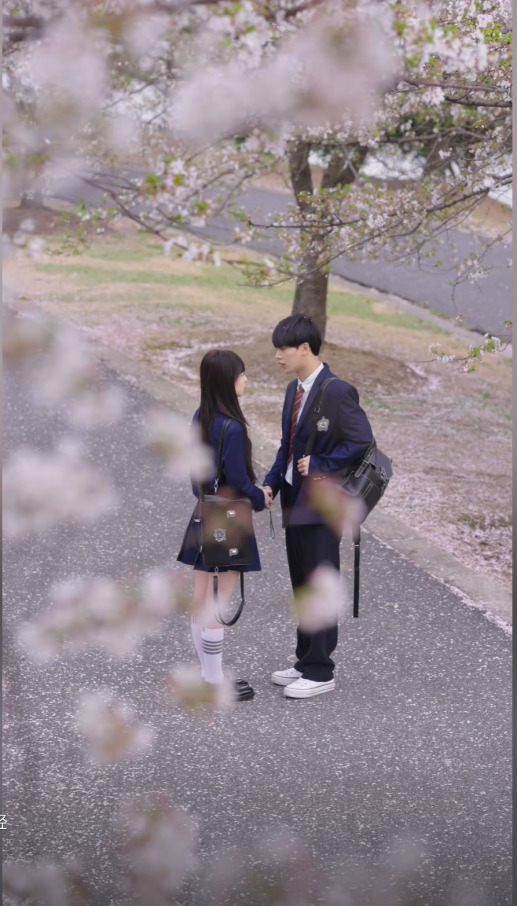
Figure 3: Episode 3 - If Love Had a Sound
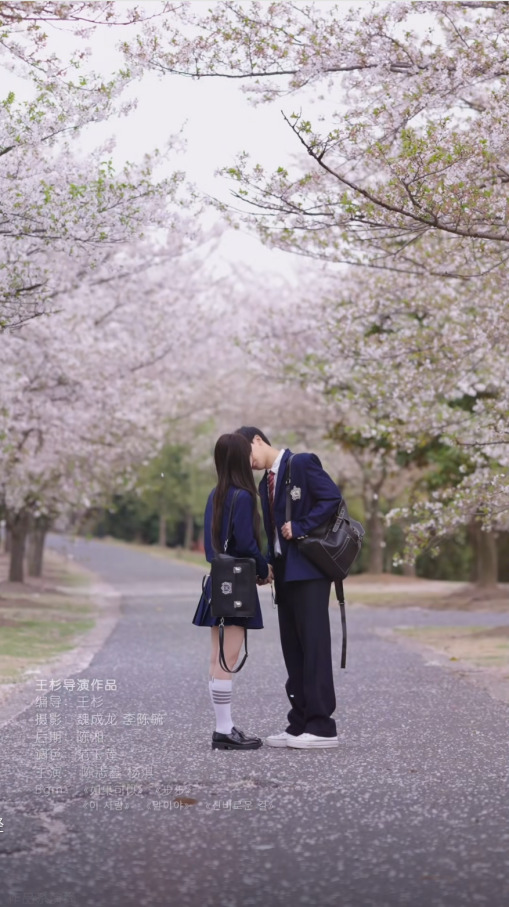
Figure 4: Episode 3 - If Love Had a Sound
In San Jin Qi Qi’s videos, the design of the visuals shows great diversity, presenting rich visual effects through different camera angles. For example, in the video Episode 3 - If Love Had a Sound, the background is set in a blooming peach orchard, perfectly aligning with the romantic theme and creating a heartfelt, passionate atmosphere. In the vertical frame, the creator achieves ideal visual balance by carefully composing the shot to seamlessly integrate the characters with the background.
As shown in Figure 3, the scenery is placed in the foreground while the characters are positioned in the background. This arrangement not only creates a sense of depth in the image but also enhances its visual beauty. In contrast, in Figure 4, even though a wide shot is used, which doesn't provide the same level of immersion as close-up or medium shots, the panoramic view effectively showcases the overall environment. This balance between the background and the characters' actions reinforces the video's atmosphere and emotional tone. This use of audiovisual language demonstrates the creator’s precise attention to detail and ability to enhance thematic expression and emotional conveyance through visual elements.
3.3 Camera Movement
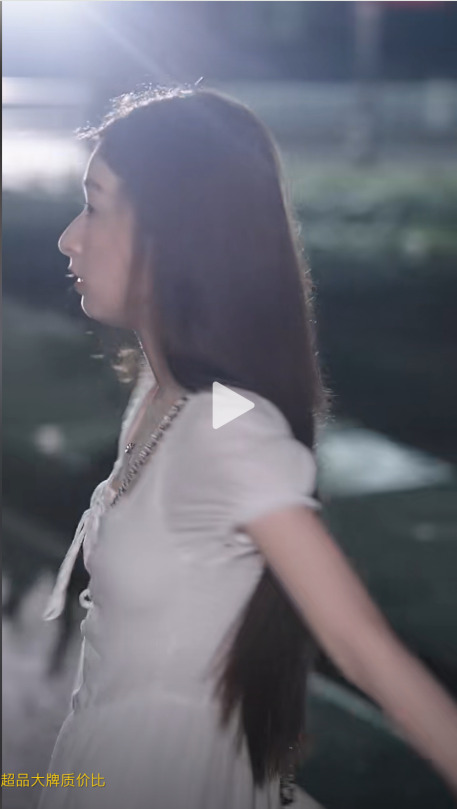
Figure 5: Pretending Not to Wait for You, One Step, One Centimeter
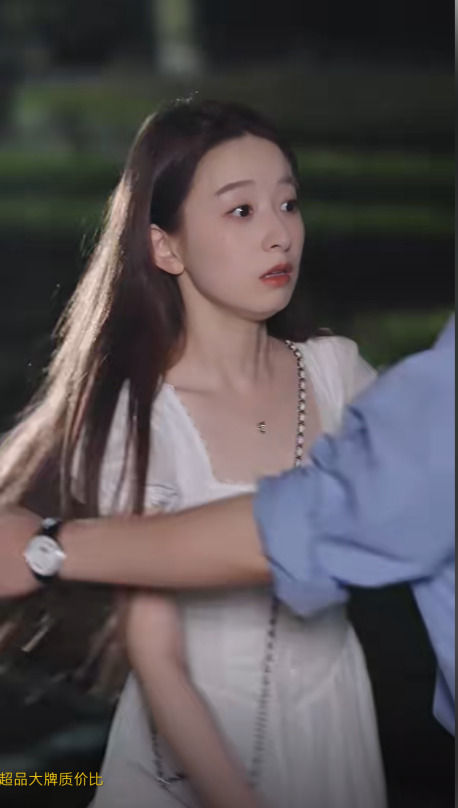
Figure 6: Pretending Not to Wait for You, One Step, One Centimeter
Smooth camera movement is crucial for enhancing the audience's sense of immersion. Through precise and continuous cinematography, the camera can capture more detailed visual information and create a three-dimensional visual space during seamless scene transitions. This dynamic representation not only guides the viewer’s gaze but also subtly leads their emotional journey, helping the audience to better understand and feel the visual content. Additionally, Xi Yang suggests that camera variety can offer audiences a richer visual experience [11].
In San Jin Qi Qi’s videos, various dynamic camera techniques are frequently used, such as tracking shots, panning shots, and zooming shots. These techniques not only breathe life into the characters but also create a sense of realism and immersion for the audience. For example, in the video Pretending Not to Wait for You, One Step, One Centimeter, as shown in Figures 5 and 6, the use of tracking shots and zooming shots successfully captures the subtle interactions between the characters, enhancing emotional resonance. The smooth camera movement not only enriches the visual experience but also, through continuous shot transitions, guides the audience to a deeper understanding of the video’s content. Compared to traditional static shots, this dynamic presentation undoubtedly provides viewers with a more diverse visual experience and a deeper emotional immersion.
4 The Impact of Audiovisual Language on Creators
4.1 Attracting Audience
Audiovisual language plays an especially important role in short video dissemination, particularly in attracting viewers' attention and stimulating interactive behaviors. Research by Simmonds et al. demonstrates that the clever combination of visual and auditory elements can quickly capture the audience’s attention and deepen their memory of a brand [9]. This implies that well-executed audiovisual language can enhance the audience's impression of video creators. Taking the TIKTOK account "San Jin Qi Qi" as an example, the popularity of its videos is not only due to the engaging storyline but also to the skillful use of audiovisual language. In the work For Love, No Matter How Long I Wait, I'm Willing, the creator successfully creates a warm and touching atmosphere through delicate visual composition, lighting effects, and the perfect fusion of background music. While watching, the audience is not only deeply drawn to the plot but also moved by the visual beauty and emotional resonance conveyed through the video.
From the audience’s comments, it is evident that, despite most viewers not having received formal education in audiovisual language, they can still keenly appreciate its charm. For instance, many viewers expressed their admiration for the beauty of the visuals in their comments, even stating that these images evoked deep emotional resonance. This feedback demonstrates that well-designed audiovisual elements can directly touch the emotions of the audience, even if they may not have professional knowledge in the field.
In another work, Episode 3 - If Love Had a Sound, viewers similarly expressed high praise for the video’s audiovisual language. Many comments noted that the beautiful visuals made the entire work more emotionally moving. This widespread recognition from the audience not only highlights the potential of audiovisual language in enhancing a video’s impact but also showcases its key role in boosting viewer appreciation and interactive behaviors.
In conclusion, audiovisual language plays an indispensable role in attracting the audience. By skillfully combining visual and auditory elements, creators can not only enhance the artistic quality and communicative power of the video but also leave a lasting impression on the audience. This deep emotional resonance and visual enjoyment not only increase viewer interaction but also further strengthen their affection and support for the creator.
4.2 Sustainable Development for Creators
The efficient use of audiovisual language not only improves the quality of short videos and enhances the audience's experience but also lays a solid foundation for the sustainable development of creators. By continuously producing high-quality content, creators can gradually accumulate content assets and build a loyal fan base, thereby maintaining long-term influence on the platform. Taking the TIKTOK account "San Jin Qi Qi" as an example, the success of her video content relies not only on engaging scripts and storytelling but also to a great extent on the meticulous design and optimization of audiovisual language.
"San Jin Qi Qi" continually refines the audiovisual language in her videos, ensuring consistency in both visual and auditory elements. This consistency not only helps her establish a unique brand identity but also cultivates a stable and loyal audience base. For instance, in her videos, the coordinated use of color, lighting, background music, and camera movement creates a specific emotional atmosphere in each work, leaving a lasting impression on the audience. This stylized use of audiovisual language not only elevates the artistic quality of the videos but also enables viewers to instantly associate these elements with "San Jin Qi Qi" as a brand. Once this identity is established, viewers who resonate with and appreciate this unique style will continue to follow the creator's work, thus forming a solid fan base. This increases audience loyalty to the brand, allowing the creator to maintain competitiveness in the fiercely competitive short video market and gain momentum for sustainable growth.
In terms of commercial monetization, audiovisual language also plays a crucial role. Through well-designed audiovisual language, "San Jin Qi Qi" not only provides audiences with a high-quality viewing experience but also effectively conveys brand messages, thereby attracting more advertisers and business collaborations. For example, in her video Episode 3 | People Cannot Have Both Youth and the Feelings of Youth: The Current Feeling of Excitement is Warm and Beautiful, the use of color and the thoughtful pairing of background music successfully transformed everyday life scenes into something aesthetically pleasing and emotionally impactful. This high-quality audiovisual language not only enhances the artistic value and communicative power of the content but also provides solid support for the creator’s sustainable growth and commercial success.
5 The Impact of Audiovisual Language on the TIKTOK Platform
On the TIKTOK platform, audiovisual language is not only a vital tool for creators to attract audiences but also a core factor in enhancing the overall user experience. The successful application of audiovisual language has had a positive impact on multiple aspects of TIKTOK, including the improvement of user experience, the shaping of brand identity, and the increase of the platform’s commercial value.
Firstly, audiovisual language significantly enhances the viewing experience of users. High-quality audiovisual design makes video content more vivid and emotionally engaging, capturing users’ attention and extending their viewing time. This immersive experience not only increases user satisfaction but also strengthens platform loyalty and activity. For instance, vibrant colors, exquisite compositions, and dynamic background music can keep users immersed in content for longer periods, thus boosting retention and interaction rates.
Secondly, audiovisual language plays a key role in shaping TIKTOK’s brand identity. By encouraging creators to innovate with audiovisual elements, TIKTOK has successfully built a platform image that is full of creativity and energy. For example, top creators like San Jin Qi Qi, through their carefully designed audiovisual language, not only enhance the uniqueness of their content but also showcase TIKTOK’s high standards and creative atmosphere. These successful cases reinforce TIKTOK’s brand recognition as a platform rich in creativity, attracting more users and creators to join.
Finally, the effective use of audiovisual language has also increased TIKTOK’s commercial value. High-quality audiovisual language not only attracts more viewers but also improves the integration of ads, making advertising content blend more naturally into the videos. This leads to higher acceptance and effectiveness of the ads. Such integration enhances TIKTOK’s commercial opportunities, further solidifying its leading position in the short video market.
6 Conclusion and Outlook
This study, through an in-depth analysis of the TIKTOK account San Jin Qi Qi, explored the key role of audiovisual language in short video creation and its multiple effects on creators and the platform. The findings show that audiovisual language not only directly impacts the artistic quality of videos and the viewer experience but also plays an important role in brand recognition, audience loyalty, content dissemination, and the sustainable development of creators. By effectively utilizing audiovisual language, creators can stand out in the highly competitive short video market and contribute to the overall diversity and richness of the platform's ecosystem.
The study found that San Jin Qi Qi successfully attracted a large audience through carefully designed audiovisual language strategies and established a unique brand identity. This brand identity not only enhances the audience’s recognition of the creator but also strengthens fan loyalty and user retention. Additionally, the high-quality audiovisual language design significantly boosts the dissemination power of the videos and their potential for viral spread, offering the creator more commercial opportunities and financial rewards.
However, while this study delved into the role of audiovisual language in short videos, there are some limitations. For example, the research primarily focuses on the analysis of a single account, San Jin Qi Qi. Future studies could consider expanding the sample size to include more representative creators. Moreover, future research could explore the impact of sound design on short video effectiveness and conduct comparative analyses of audiovisual language usage across different platforms to reveal how platform characteristics influence short video creation.
Looking ahead, as the short video market continues to develop, audiovisual language will play an increasingly important role in content creation. Creators should continually explore and innovate in the use of audiovisual language to meet the diverse needs of audiences and maintain a competitive edge in the market. At the same time, platforms should encourage and support creators in their innovative practices with audiovisual language, further enhancing the quality of content and the user experience, thereby injecting new vitality into the healthy development of the short video industry.
References
[1]. Broersma, M. (2019). Audience engagement. In The International Encyclopedia of Journalism Studies (pp. 1-6).
[2]. Cong, T. (2024). Narrative strategies and audiovisual expression of vertical short videos under the background of mobile media [Master’s thesis, Chengdu University]. https://doi.org/10.27917/d.cnki.gcxdy.2024.000205
[3]. Dolan, R., Conduit, J., & Fahy, J. (2015). Social media engagement: A construct of positively and negatively valenced engagement behaviours. In Customer Engagement (pp. 102-123). Routledge.
[4]. Dai, X., & Wang, J. (2023). Effect of online video infotainment on audience attention. Humanities and Social Sciences Communications, 10(1), 1-18.
[5]. Moran, G., Muzellec, L., & Johnson, D. (2020). Message content features and social media engagement: Evidence from the media industry. Journal of Product & Brand Management, 29(5), 533-545.
[6]. Jing, Y., & Lingbo, G. (2021). Narrative strategies of vertical screen videos. Contemporary Television, 2021(04), 83-86. https://doi.org/10.16531/j.cnki.1000-8977.2021.04.019
[7]. Nielsen. (2022). Measuring new media's impact on brand awareness and ROI. Nielsen Insights. https://www.nielsen.com/insights/2022/measuring-new-medias-impact-on-brand-awareness-and-roi/
[8]. Nielsen. (2023). Nielsen Annual Marketing Report: Era of Alignment. Nielsen. https://www.nielsen.com/insights/2023/nielsen-annual-marketing-report-era-of-alignment/
[9]. Simmonds, L., Bogomolova, S., Kennedy, R., Nenycz-Thiel, M., & Bellman, S. (2020). A dual-process model of how incorporating audio-visual sensory cues in video advertising promotes active attention. Psychology & Marketing, 37(8), 1057-1067.
[10]. Teixeira, T., Wedel, M., & Pieters, R. (2012). Emotion-induced engagement in internet video advertisements. Journal of Marketing Research, 49(2), 144-159.
[11]. Xi, Y. (2023). Audiovisual language features of short videos and their relationship with internet traffic. Broadcast and Television Information, 30(10), 29-31. https://doi.org/10.16045/j.cnki.rti.2023.10.003
[12]. Yun, H., & Baohua, S. (2007). The formation of virtual reality and immersive communication. Modern Communication (Journal of Communication University of China), 2007(06), 21-24.
Cite this article
Chen,J. (2024). Application of Audiovisual Language on the TIKTOK Platform and Analysis of Its Communication Effect. Advances in Social Behavior Research,11,33-40.
Data availability
The datasets used and/or analyzed during the current study will be available from the authors upon reasonable request.
Disclaimer/Publisher's Note
The statements, opinions and data contained in all publications are solely those of the individual author(s) and contributor(s) and not of EWA Publishing and/or the editor(s). EWA Publishing and/or the editor(s) disclaim responsibility for any injury to people or property resulting from any ideas, methods, instructions or products referred to in the content.
About volume
Journal:Advances in Social Behavior Research
© 2024 by the author(s). Licensee EWA Publishing, Oxford, UK. This article is an open access article distributed under the terms and
conditions of the Creative Commons Attribution (CC BY) license. Authors who
publish this series agree to the following terms:
1. Authors retain copyright and grant the series right of first publication with the work simultaneously licensed under a Creative Commons
Attribution License that allows others to share the work with an acknowledgment of the work's authorship and initial publication in this
series.
2. Authors are able to enter into separate, additional contractual arrangements for the non-exclusive distribution of the series's published
version of the work (e.g., post it to an institutional repository or publish it in a book), with an acknowledgment of its initial
publication in this series.
3. Authors are permitted and encouraged to post their work online (e.g., in institutional repositories or on their website) prior to and
during the submission process, as it can lead to productive exchanges, as well as earlier and greater citation of published work (See
Open access policy for details).
References
[1]. Broersma, M. (2019). Audience engagement. In The International Encyclopedia of Journalism Studies (pp. 1-6).
[2]. Cong, T. (2024). Narrative strategies and audiovisual expression of vertical short videos under the background of mobile media [Master’s thesis, Chengdu University]. https://doi.org/10.27917/d.cnki.gcxdy.2024.000205
[3]. Dolan, R., Conduit, J., & Fahy, J. (2015). Social media engagement: A construct of positively and negatively valenced engagement behaviours. In Customer Engagement (pp. 102-123). Routledge.
[4]. Dai, X., & Wang, J. (2023). Effect of online video infotainment on audience attention. Humanities and Social Sciences Communications, 10(1), 1-18.
[5]. Moran, G., Muzellec, L., & Johnson, D. (2020). Message content features and social media engagement: Evidence from the media industry. Journal of Product & Brand Management, 29(5), 533-545.
[6]. Jing, Y., & Lingbo, G. (2021). Narrative strategies of vertical screen videos. Contemporary Television, 2021(04), 83-86. https://doi.org/10.16531/j.cnki.1000-8977.2021.04.019
[7]. Nielsen. (2022). Measuring new media's impact on brand awareness and ROI. Nielsen Insights. https://www.nielsen.com/insights/2022/measuring-new-medias-impact-on-brand-awareness-and-roi/
[8]. Nielsen. (2023). Nielsen Annual Marketing Report: Era of Alignment. Nielsen. https://www.nielsen.com/insights/2023/nielsen-annual-marketing-report-era-of-alignment/
[9]. Simmonds, L., Bogomolova, S., Kennedy, R., Nenycz-Thiel, M., & Bellman, S. (2020). A dual-process model of how incorporating audio-visual sensory cues in video advertising promotes active attention. Psychology & Marketing, 37(8), 1057-1067.
[10]. Teixeira, T., Wedel, M., & Pieters, R. (2012). Emotion-induced engagement in internet video advertisements. Journal of Marketing Research, 49(2), 144-159.
[11]. Xi, Y. (2023). Audiovisual language features of short videos and their relationship with internet traffic. Broadcast and Television Information, 30(10), 29-31. https://doi.org/10.16045/j.cnki.rti.2023.10.003
[12]. Yun, H., & Baohua, S. (2007). The formation of virtual reality and immersive communication. Modern Communication (Journal of Communication University of China), 2007(06), 21-24.









